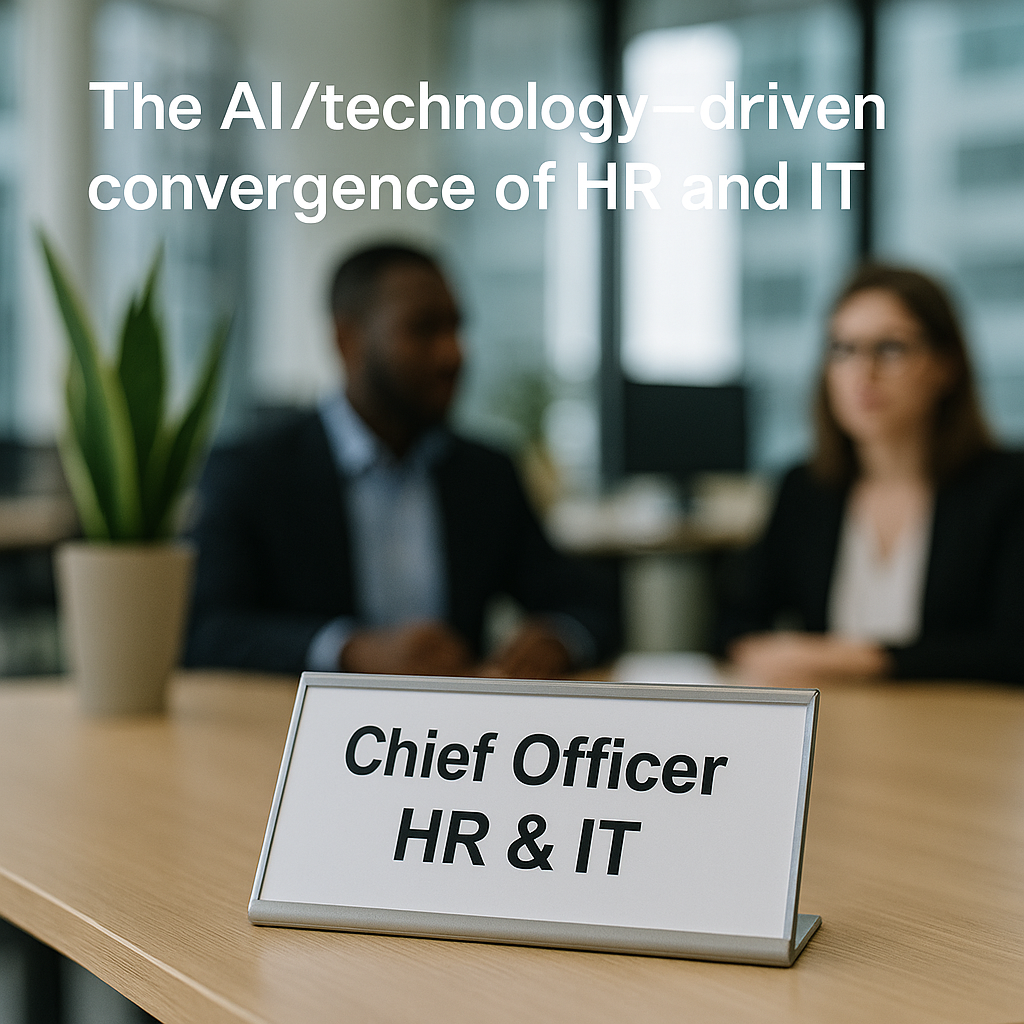
Introduction: Two Events That Prompted Reflection
This week, two events aligned to compel me to write this.
First, I attended a breakfast event and listened to a Microsoft representative evangelise about the AI-enabled future of their platform.
Then, I recently had a conversation with a national healthcare provider that brought the cost of familiarity into sharp focus.
The Pull of Familiar Technology
It’s natural for organisations to be influenced by what they know, especially regarding technology.
For example, decision-makers in organisations whose operations are heavily run on Microsoft often favour Microsoft-based solutions simply because they’re already part of the Microsoft 365 ecosystem.
Internal IT is usually trained and “familiar” with the environment, licences like E5 are already in place, which may make it seem like a safe, cost-efficient, low-friction decision.
But that comfort can mask significant opportunity costs?
Have you experienced or have any thoughts on this?
Case Study: A Familiar Path—Until It Wasn’t
With over 100 clinics nationwide, this organisation was on the verge of locking in Microsoft’s telephony solution.
Their rationale? It was “easier” for their IT department; they could leverage their E5 licences, and with native integration with their Microsoft environment, it seemed a given.
They were just weeks away from presenting this recommendation to their executive team.
By the end of the meeting, however, the conversation had shifted dramatically.
Alternative Explored: A Strategic Reassessment
We walked through a third-party telephony alternative that offered:
Lower cost—nearly half the price they were expecting to pay.
Higher service levels and compliance (PCI DSS).
Better functionality and analytics directly addressed their need for clinical performance insights.
Ease of administration, no IT dependency to make changes or manage users, which means operations have greater control over the employee/customer experience.
Fully support Microsoft integration—including Teams interoperability and single sign-on.
What had started as a confident, “we’ve got this covered” stance became a strategic reassessment.
Familiarity had nearly led them down a more expensive, higher-maintenance path.
What’s Often Missing in Familiar Tech Choices
IT departments and operators should first ask:
Is this something we should own or just enable?
When IT recognises that operations best manage a particular service, it opens the door to more collaborative decisions, empowering frontline teams while reducing unnecessary IT dependencies that are not necessarily core to their department.
The Broader Issue: Familiarity Narrows the Scope
This scenario isn’t unique. Familiarity can narrow the scope.
When IT and operations co-lead evaluations, they uncover options that better align with business goals, not just existing infrastructure.
Operations can define frontline needs while IT ensures alignment and security.
Together, they shift the focus from convenience to impact, leading to more informed, value-based decisions.
Benefits of Early IT–Operations Partnership
When IT and operations partner early, they’re more likely to:
Explore a broader range of solutions instead of defaulting to incumbent platforms.
Evaluate cost and functionality side-by-side, not in isolation.
Identify reporting and compliance gaps before a solution is deployed.
Empower business units with platforms that offer self-service capabilities and adaptability.
Taking this approach turns the procurement process into a strategic opportunity, not just a technical project.
And it ensures that final recommendations are grounded in value, not just familiarity.
Conclusion: Reframe the Question—Fit or Familiar?
This isn’t about replacing Microsoft or your incumbent platform.
It’s about ensuring your decision strategy aligns with your service strategy.
Just because the same vendor makes a tool/app doesn’t mean it’s the best fit for how you operate, or what your teams and clients need.
So here’s the real question:
Is your technology stack optimised for capability and future-readiness, or just built around what your IT team already knows?
Before you commit, take a moment to challenge the default.
You may find better outcomes—and better value—just outside your comfort zone.





